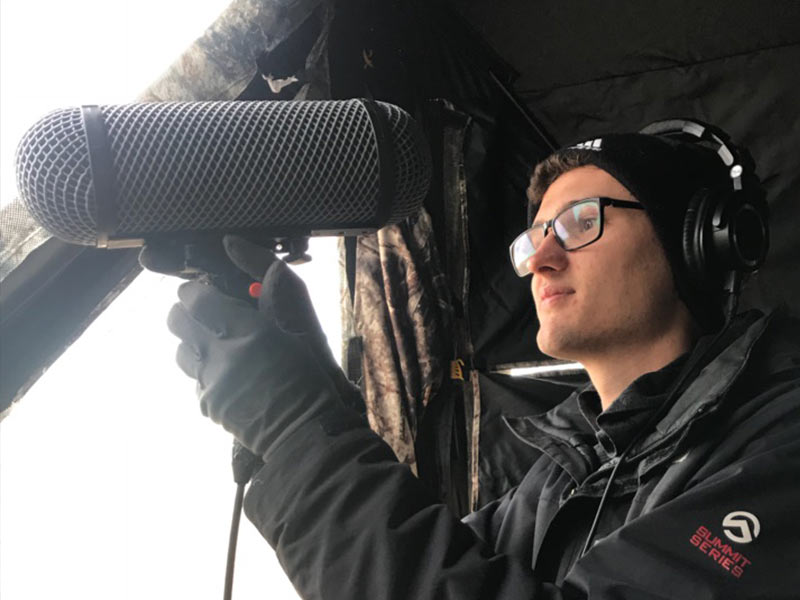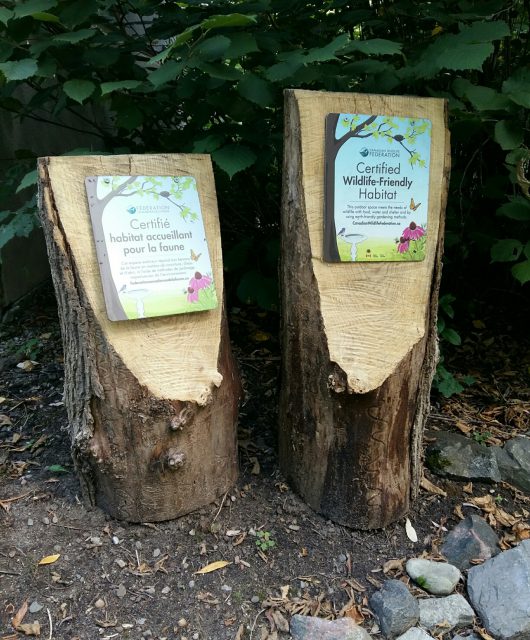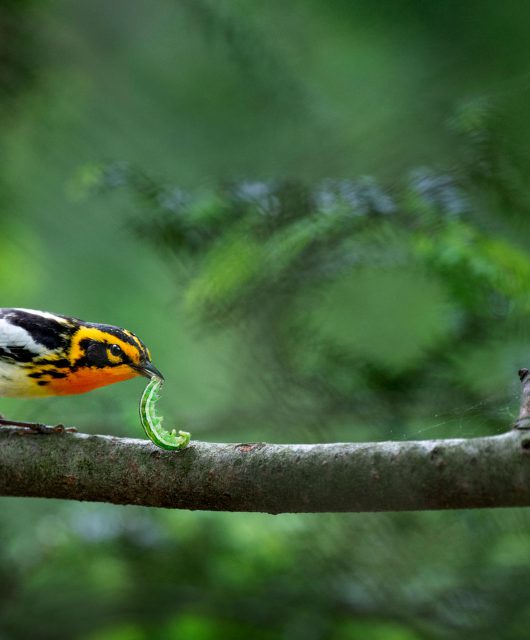Group 1 participant Adam Joseph tells us what he has learnt so far in the field placement Phase 2 of the Canadian Conservation Corps.

My field learning placement has been at the Saskatchewan Wildlife Federation. One of the subjects I have learned a lot about are bottom feeding fish. So much so that they have asked me to help contribute to a new poster they are in the process of making. I wanted to share with you what I have submitted for the poster so far:
Aquatic basement dwellers (aka bottom feeders)
Bottom feeders are not a fish family but are categorized together because of their shared habitat preference, which is near the bottom of bodies of water such as lakes, rivers and ponds. Although the name may imply they feed directly off the bottom, some only find their food near the bottom. They are not typically a sport fish because they are not typically eaten.
These are the families of bottom feeders found in Saskatchewan:
Catostomidae (Long Nose Sucker, White Sucker and a Short Head Red Horse). These fish typically have mouths located on the bottom of their head (sub-terminal). They are distinguished from related fish by having a long pharyngeal bone (behind the mouth and nasal cavity but above the esophagus and larynx) and having a single row of teeth. Most are 60 centimetres in length but some species can get larger.
Ictaluridae (Black and Brown Bullhead and Channel Catfish). These fish have four pairs of barbels (‘whispers’). Their skin has no scales and their dorsal and pectoral fins usually possess spines, with the dorsal fin normally having six soft rays.
Lotidae (Burbot). These fish have a serpent-like body with an appearance similar to both eels and catfishs. It is easily distinguished by a single barbel on their chin.
Acipenseridae (Lake Sturgeon). These fish have torpedo-shaped bodies, with four barbells. They have soft-rayed fins and tough skin lacking real scales.
The Perfect Candidate
This placement is perfect for someone who enjoys experiencing in different areas. So far, my field learning has included — but is not limited to — the following:
- Visiting a spawn camp at Buffalo Pound, checking trap nets and retrieving fish for SWF.
- Touring various cities for NASP archery tournaments (let me tell you, watching 30 to 50 people all launching arrows from a bow in rapid succession is just amazing).
- Learning about various types of fish and how they reproduce. We’ve also visited a spawn camp to help fertilize millions of fish eggs.
- Meeting a lot of people whom would be a great for reference on a resume.
I’m looking forward to the upcoming weeks where we will likely be having more entertaining and educational experiences, making this field learning placement even better.
Learn more about the Canadian Wildlife Federation’s Canadian Conservation Corps.
About the Author

Adam Joseph is a Canadian Conservation Corps Group 1 participant. The skills he is hoping to learn during this program? Learning how to properly snowshoe! He’s also looking forward to teaching the new skills he will learn during the program to others.



